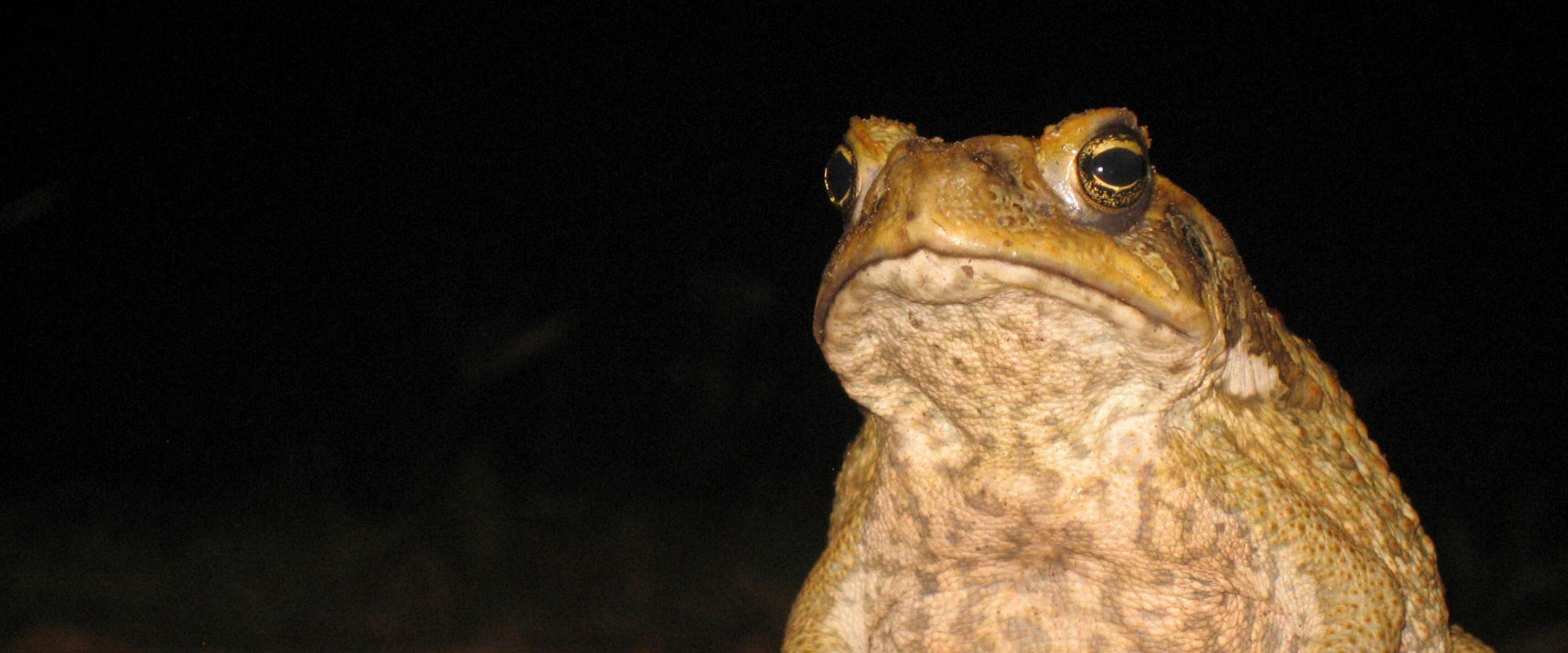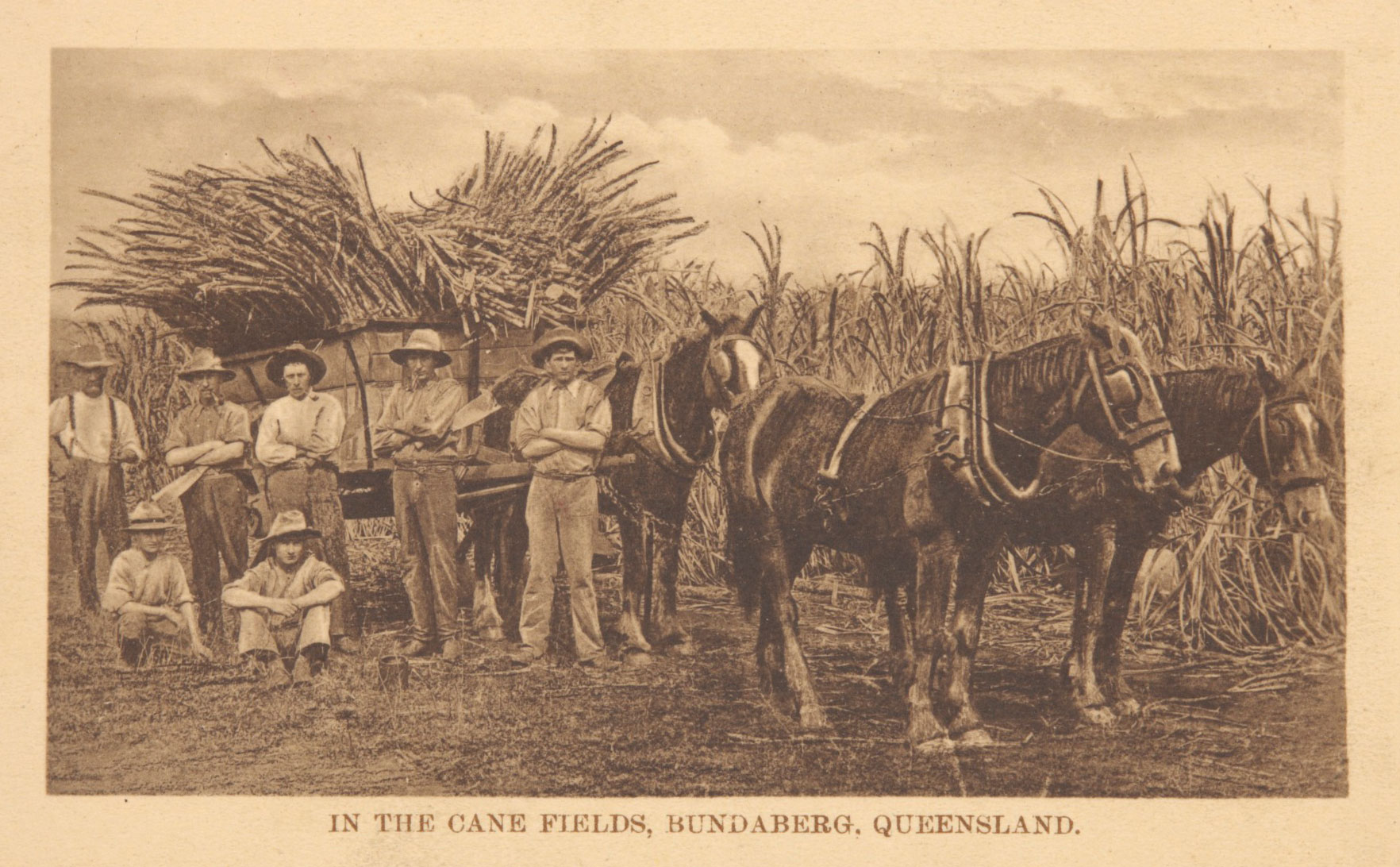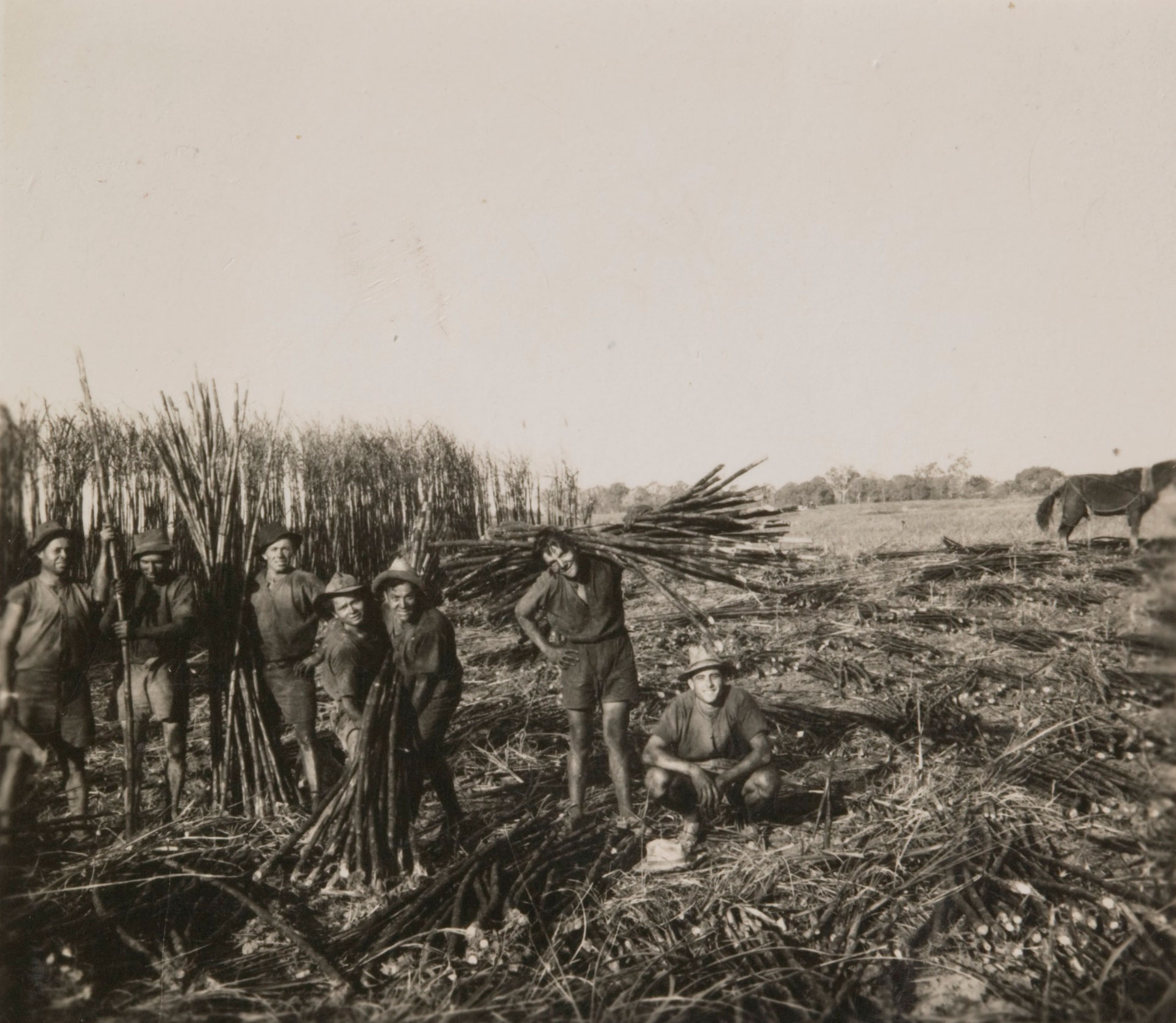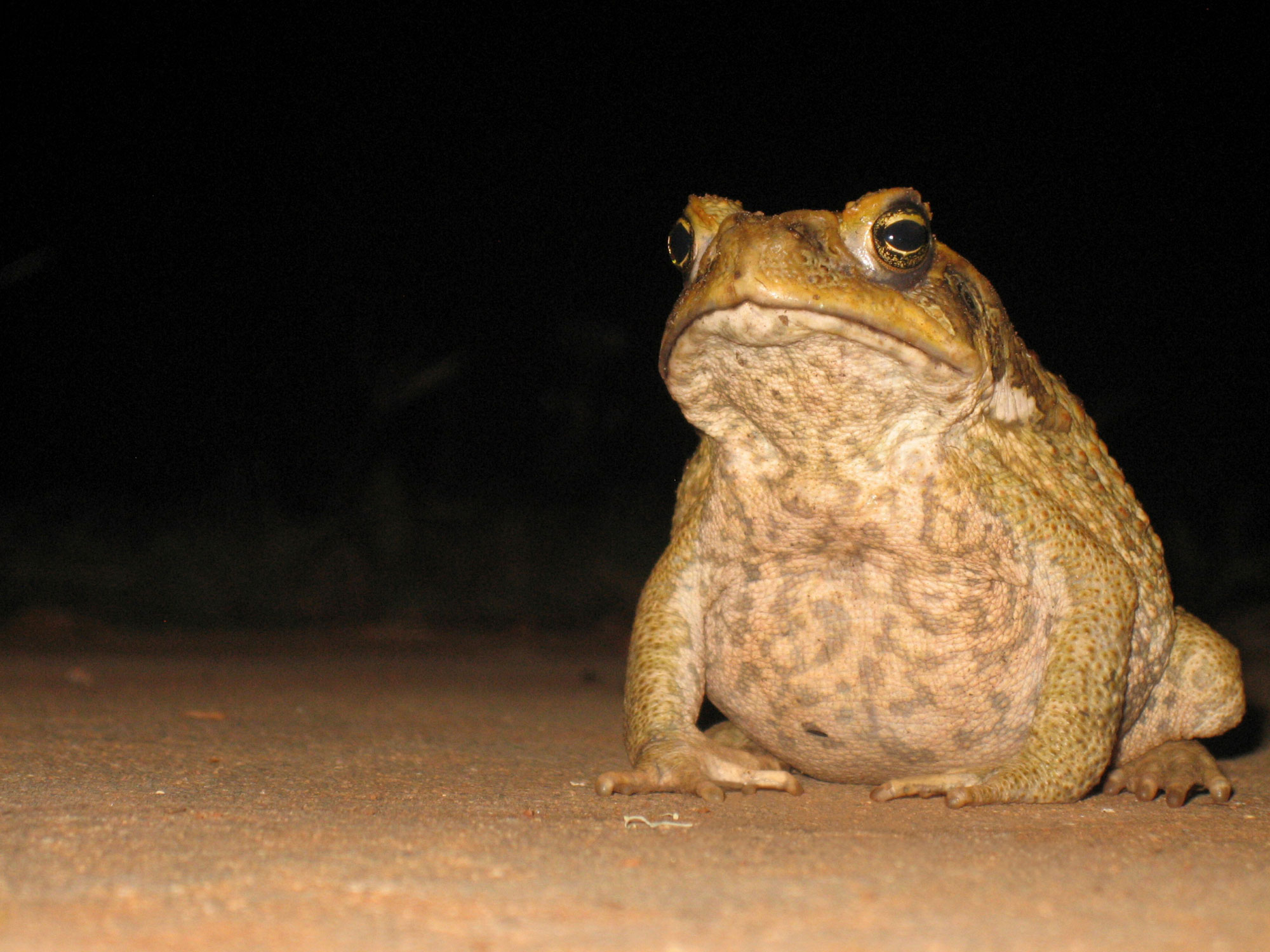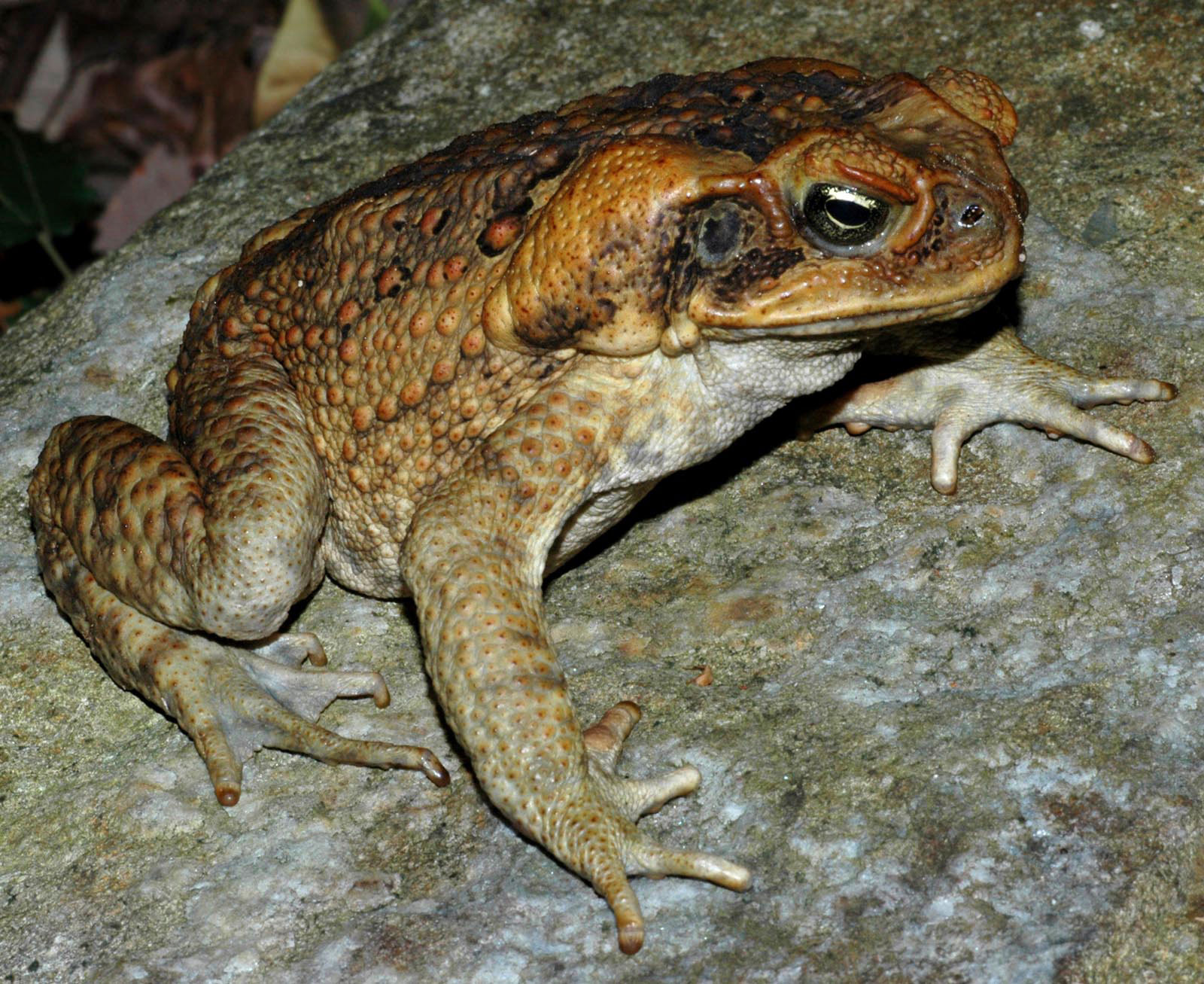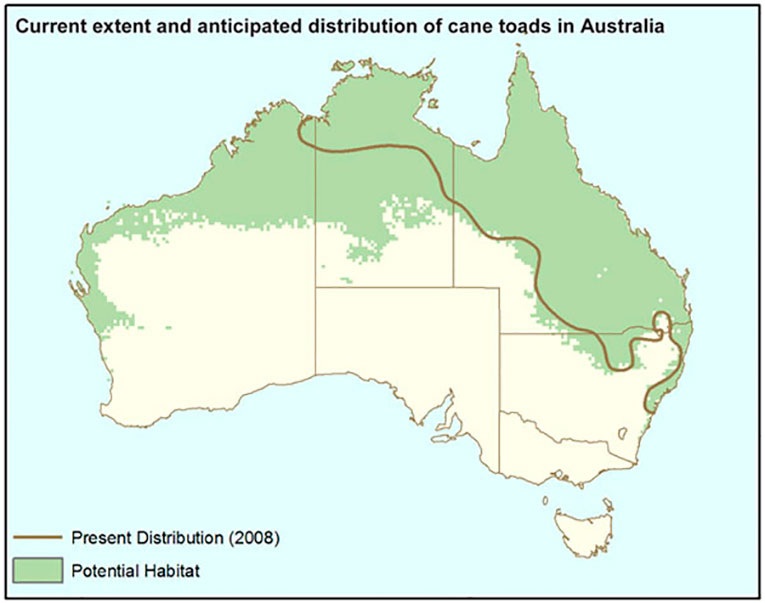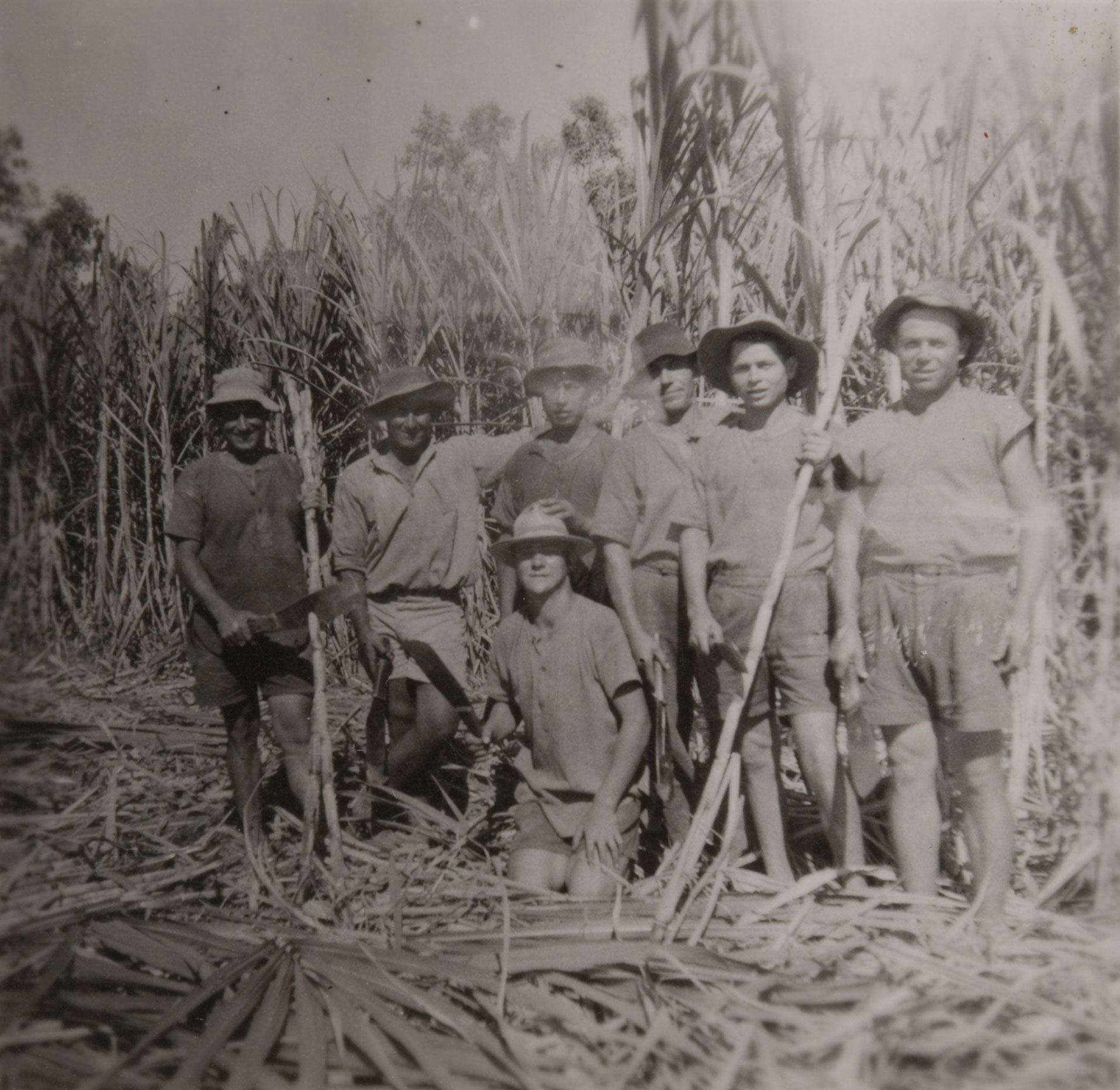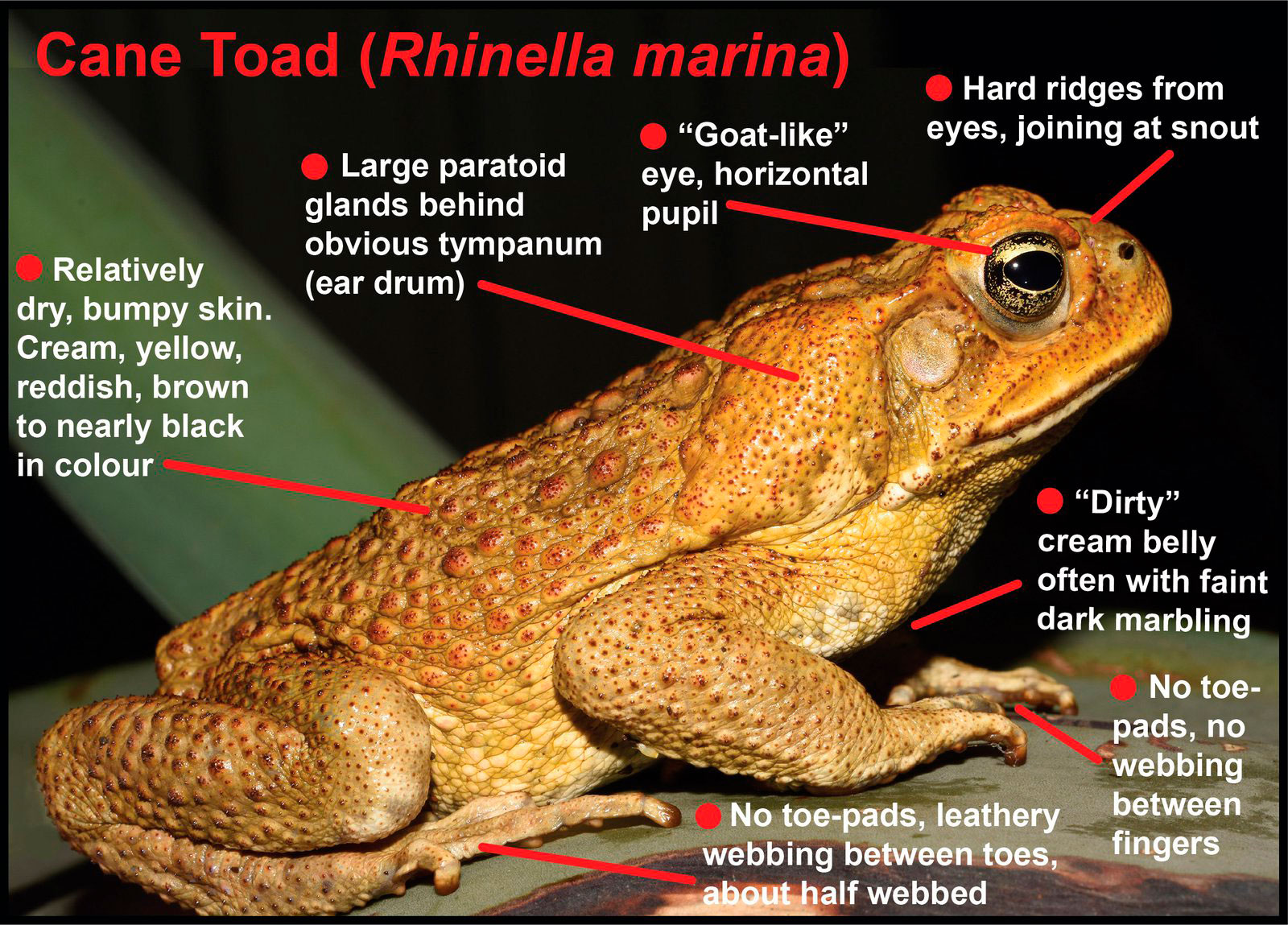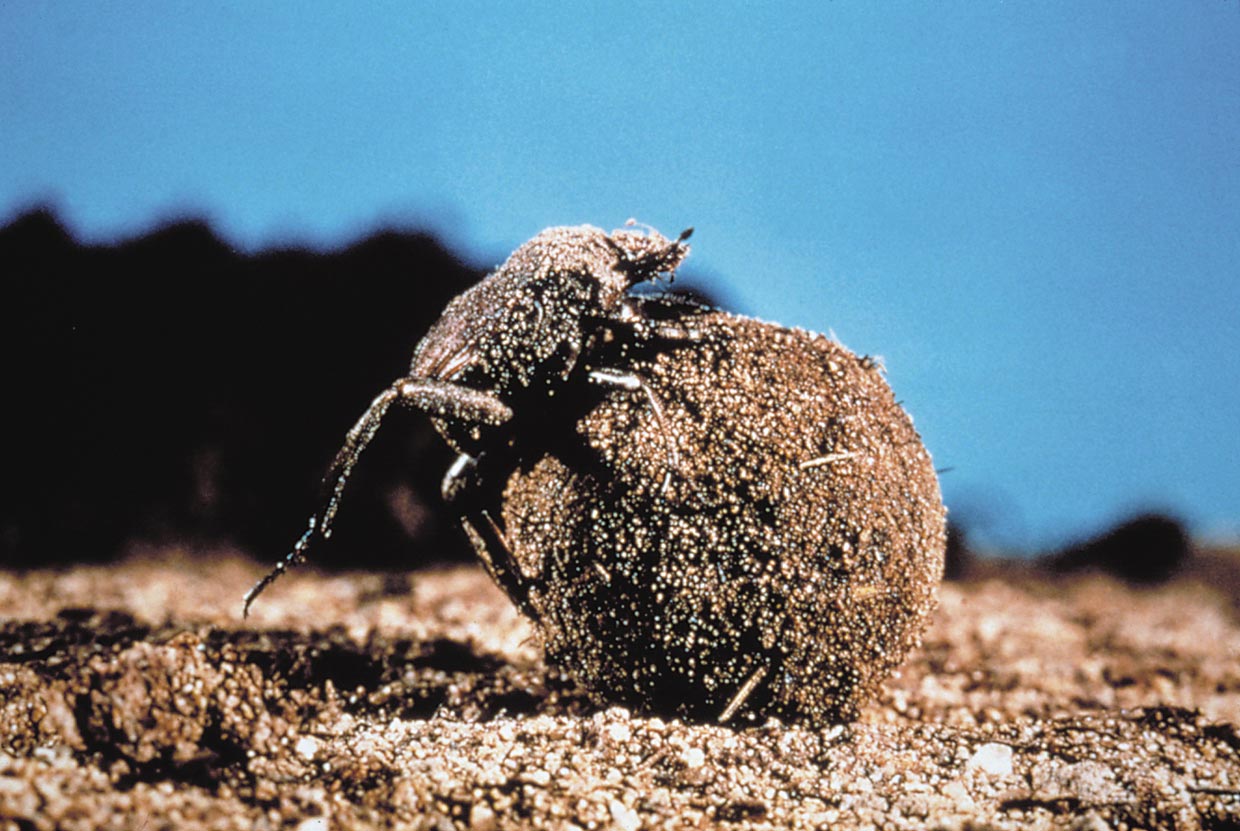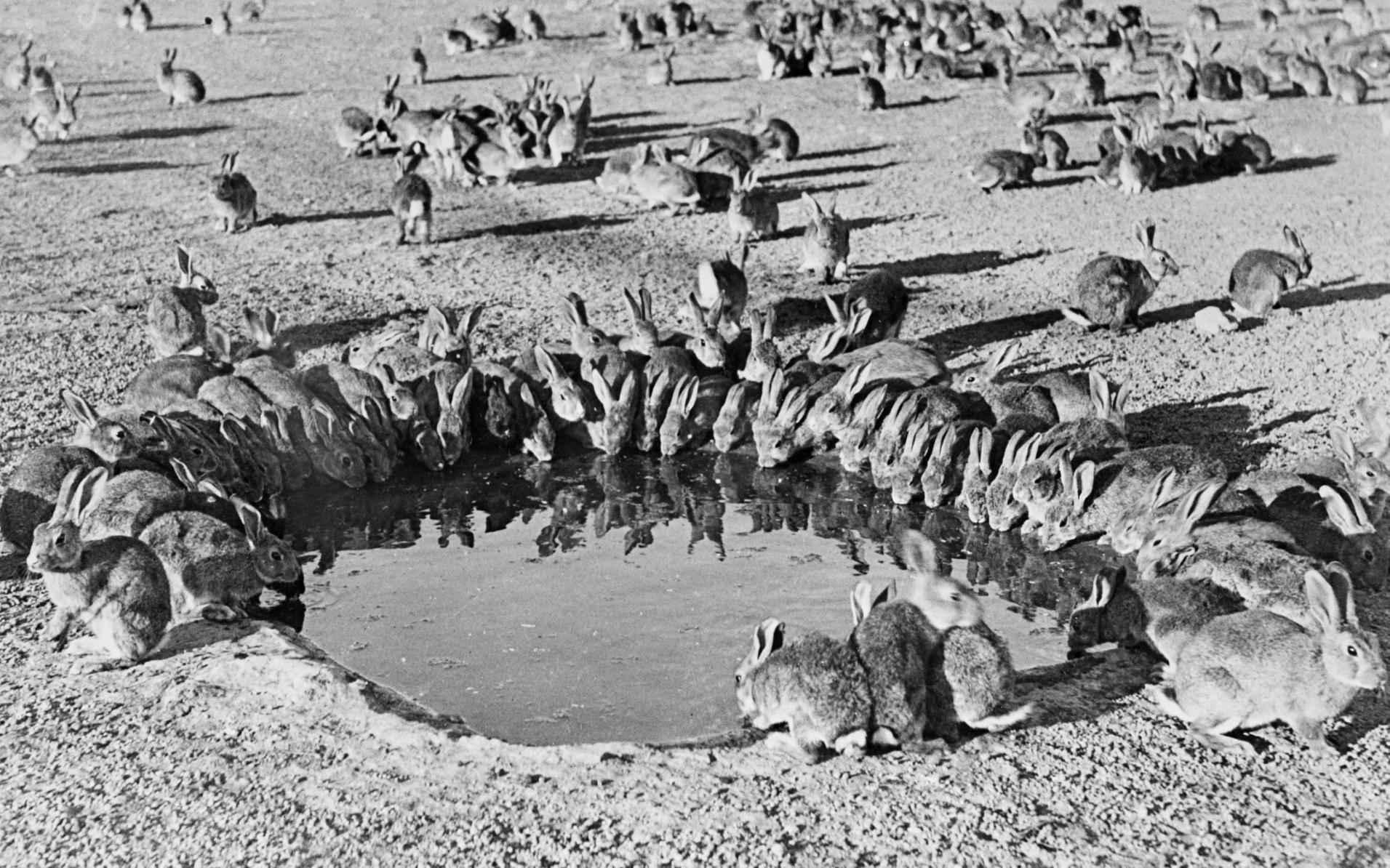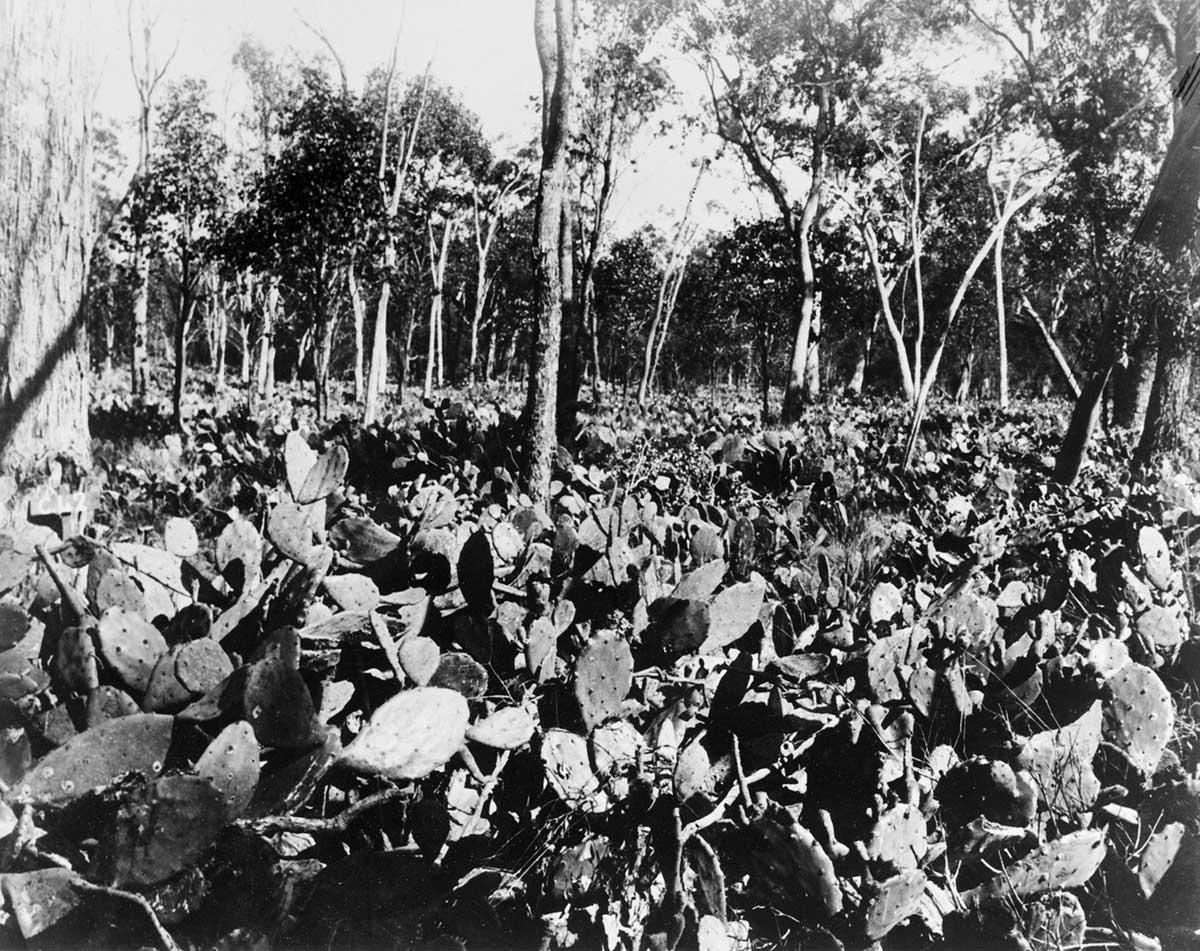Unstoppable, devastating pests
1935: Cane toads introduced to control pest beetles in sugar cane crops
Unstoppable, devastating pests
1935: Cane toads introduced to control pest beetles in sugar cane crops
In a snapshot
Cane toads were deliberately introduced into Australia in 1935 to try to reduce insect attacks on sugar cane crops. The toads were first released in Queensland, but they have spread southwards and across the north west of Australia. They are considered one of the worst pests in Australia, producing a poison that can kill native Australian animals that try to eat them. As their predators have been unable to effectively control their population, the cane toad has had a serious impact on northern Australian ecosystems.
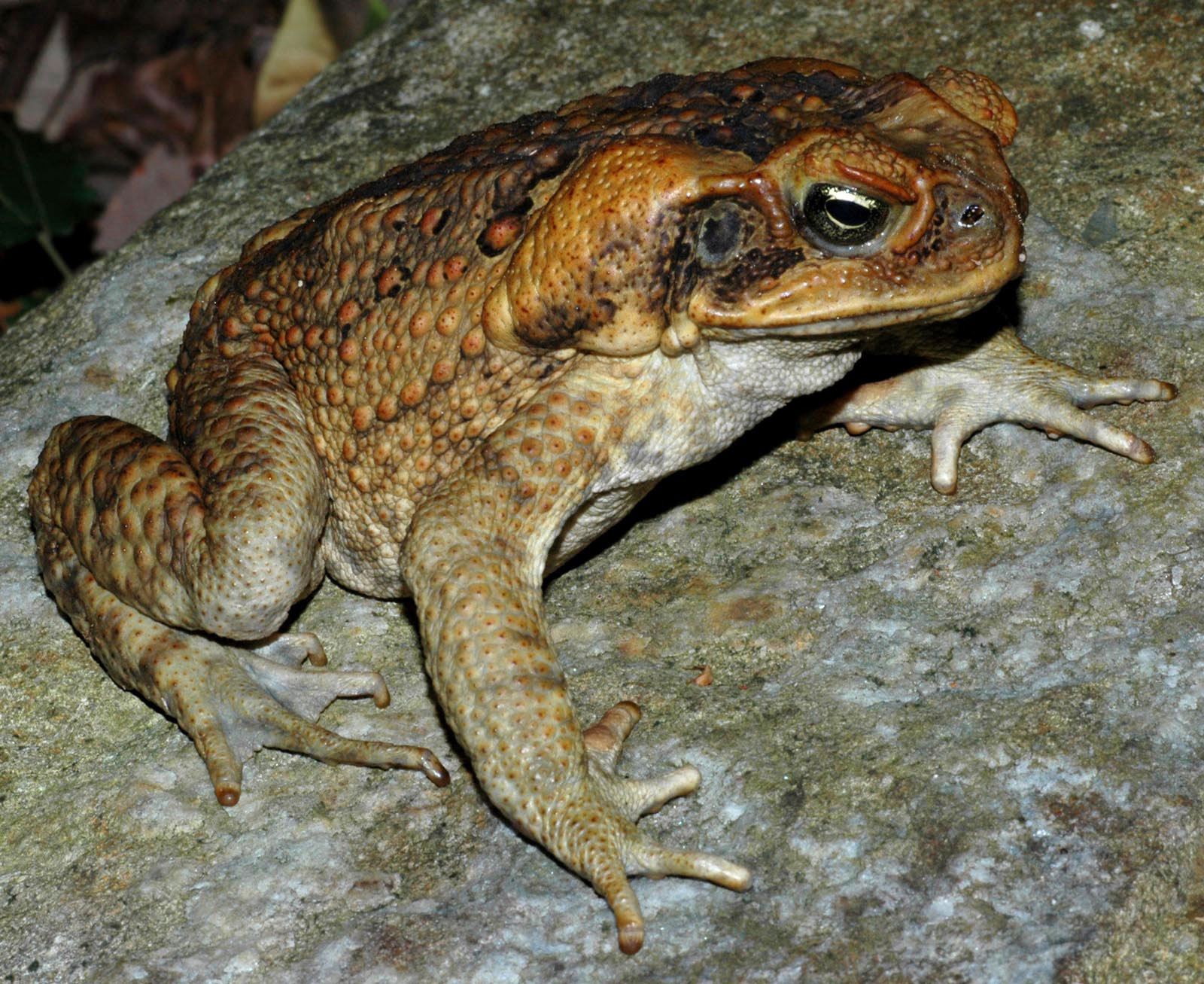
 Can you find out?
Can you find out?
1. What was the biggest threat to sugar cane production in Queensland by the late 1800s?
2. Did scientists first test to see if cane toads would help control cane beetles before releasing them? Does this surprise you?
3. What damage have cane toads caused to the Australian environment?
How did sugar cane farming start in Australia?
Sugar cane is mostly grown in tropical and sub-tropical regions of the world. It is used to produce sugar.
The First Fleet brought sugar cane to Australia, but it took many decades before successful crops were grown. By the 1880s sugar cane was being grown in far north Queensland.
Setting up the sugar cane industry was not easy. Drought often affected crops. But the biggest problem was the larvae of native beetles, which ate the roots of the sugar cane. These became known as cane beetles.
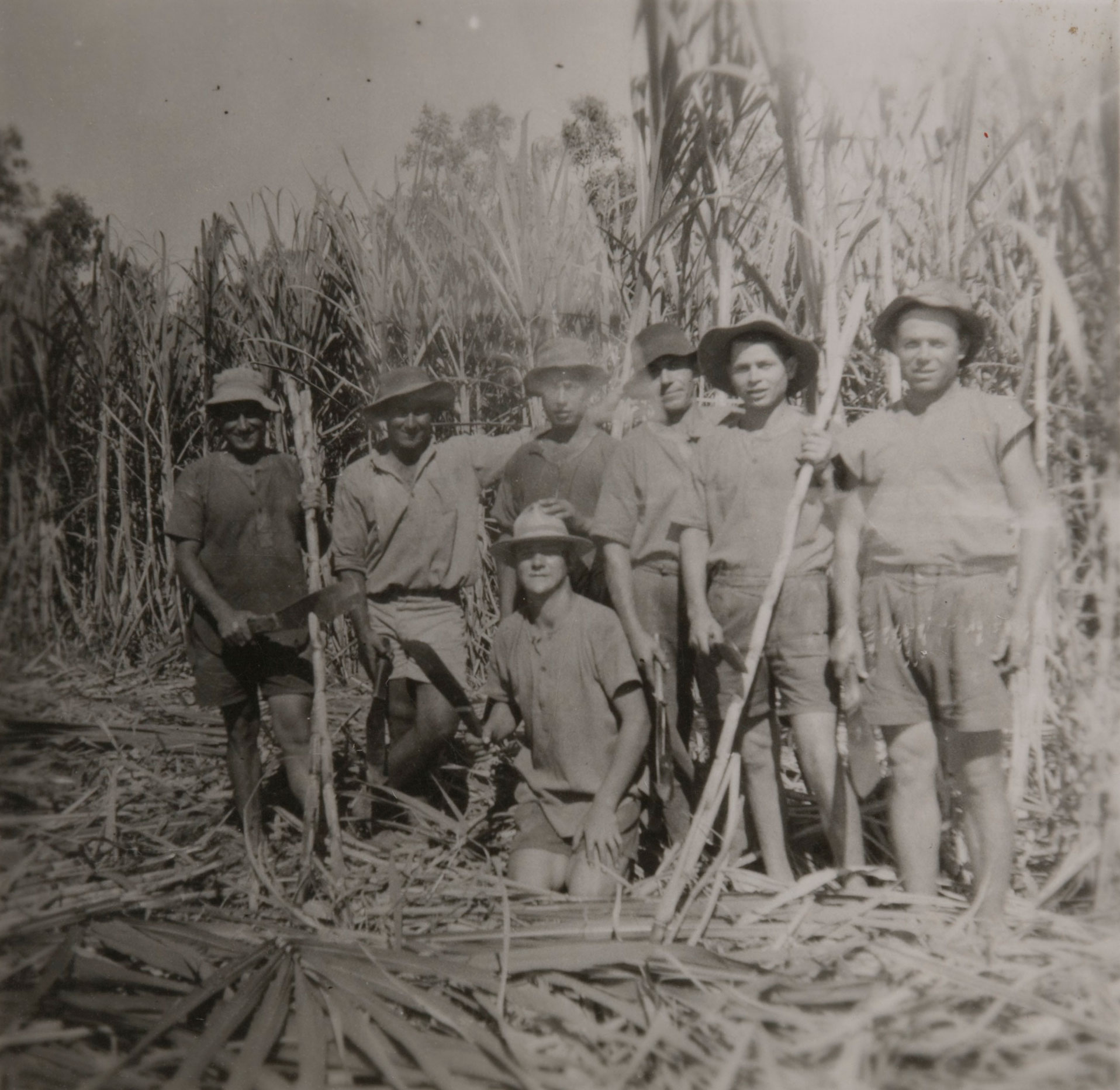
Why were cane toads introduced?
The cane beetle problem became so bad that in 1900 the Queensland Government created the Bureau of Sugar Experiment Stations. Bureau entomologists were given the task of trying to reduce the effect of cane beetles on sugar cane crops.
At first the entomologists experimented with different chemicals to try to control the beetles. But in 1935 they decided to try introducing cane toads.
Cane toads are native to Central and South America, but the toads introduced to Australia were brought from Hawaii. At first they were bred in an enclosure. Then, in August of 1935, 2400 cane toads were released in the Gordonvale area, near Cairns in Queensland.
The entomologists hoped that the cane toads would eat the cane beetles, but, surprisingly, they hadn’t tested if this was likely to happen. Also, they hadn’t studied how the cane toads might affect the Australian environment.
‘This great toad, immune from enemies, omnivorous in its habits, and breeding all the year round, may become as great a pest as the rabbit or cactus.’
Walter Froggatt, ‘The introduction of the great Mexican toad Bufo marinus into Australia’, The Australian Naturalist, vol. 9, 1936
What has been the effect of the cane toad?
Cane toads thrived in the Australian environment, but they had no helpful effect on cane beetles. Chemical pesticides are now used to control the beetles.
Since the 1950s cane toads have been thought of as a pest because they produce a poison that can kill the native Australian animals that try to eat them. Cane toads also compete with native animals for food.
Cane toads have now spread beyond Queensland into New South Wales, the Northern Territory and the Kimberley region of Western Australia. They are still moving westward at about 40 to 60 km per year.
While there are predators that can tolerate their poison (for example wolf spiders and estuarine crocodiles) and the water rat cleverly avoids eating the toxic parts of the toad, the Australian Government has said, ‘There is unlikely to ever be a broadscale method available to control cane toads across Australia’. Instead of trying to completely get rid of the cane toads, the focus is now on finding ways to protect Australia’s native species and reduce the population at the tadpole stage.
Read a longer version of this Defining Moment on the National Museum of Australia’s website.
Research Task
Do some research to find out which native animals have been most affected by the introduction of cane toads.
Research Task
Since the 1950s, many attempts have been made to reduce the cane toad population. Research and describe the methods that have been used to control cane toads.
 What did you learn?
What did you learn?
1. What was the biggest threat to sugar cane production in Queensland by the late 1800s?
2. Did scientists first test to see if cane toads would help control cane beetles before releasing them? Does this surprise you?
3. What damage have cane toads caused to the Australian environment?






